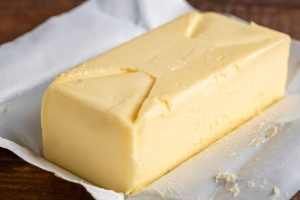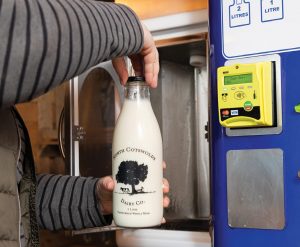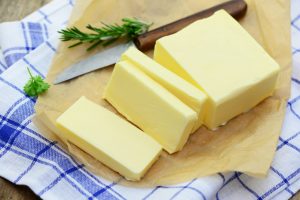
New Zealand families are discovering an unexpected way to combat soaring grocery bills: transforming their kitchens into mini dairy operations. As butter prices surge to $7.42 per 500g block—a staggering 65% increase from last year—resourceful Kiwis are dusting off food processors and embracing the age-old art of churning their own butter.
This isn’t just about saving money. It’s about reclaiming control over household budgets when global markets make basic staples feel like luxury items.
The shocking economics driving families to extreme measures
The numbers tell a stark story. A typical New Zealand household consuming 1kg of butter monthly now faces an additional $144 annual cost due to price increases. This dramatic surge stems from global dairy shortages in Europe and Asia, combined with Fonterra’s export-focused pricing strategy that prioritizes international markets over domestic consumers.
Unlike other consumer adaptations we’ve seen, such as strategic consumer benefits from membership changes that help families maximize value, butter churning represents a more fundamental shift toward self-sufficiency.
Fonterra CEO Miles Hurrell explains the harsh reality: “Global demand fundamentally drives our pricing, and New Zealand consumers are competing with international buyers.” This export-driven model leaves domestic families vulnerable to worldwide supply shocks.
The hidden costs beyond the price tag
While a 65% price increase sounds dramatic, the ripple effects extend further. Cheese prices jumped 24%, milk increased 15.1%, and even instant coffee surged 21.3%. These compound increases force families to make difficult budget choices, pushing some toward smart home solutions that reduce household costs in other areas.
Why churning your own butter isn’t the money-saver you’d expect
Here’s the counterintuitive reality: making butter at home typically costs more than buying it. Fresh cream required for churning ranges from $3-5 per liter, making homemade butter financially impractical for pure cost savings.
The real motivations behind the trend
Families turning to home churning aren’t primarily driven by economics—they’re seeking empowerment and quality control. Rural communities with easier cream access, culinary enthusiasts prioritizing ingredient purity, and budget-conscious households using expiring cream represent the core adopters.
This mirrors broader lifestyle shifts, similar to how productivity-enhancing lifestyle changes reflect people taking active control over their daily routines rather than accepting default options.
The practical reality of kitchen dairy production
Home butter churning requires more than nostalgia—it demands specific equipment, time investment, and realistic expectations. A food processor, fresh cream, and approximately 30 minutes of active preparation time produce roughly 250g of butter from 500ml of cream.
Essential steps for successful churning
Equipment needed: Food processor or stand mixer, fine-mesh strainer, clean kitchen towels. Process time: 15-20 minutes of active churning, plus 10 minutes for washing and shaping.
The biggest challenge isn’t technique—it’s storage. Fresh butter without preservatives lasts only 5-7 days refrigerated, requiring frequent small batches rather than bulk production.
What this trend reveals about New Zealand’s food future
The butter churning phenomenon signals a deeper cultural shift toward food sovereignty and rejection of purely export-driven agricultural policies. Families are essentially voting with their food processors, choosing time investment over financial dependency on global market fluctuations.
Industry analysts predict potential market fragmentation if prices remain elevated beyond 18 months. This could reshape New Zealand’s dairy sector from export-focused to hybrid domestic-international models, potentially benefiting local consumers through increased competition and price stability.
The unexpected lesson for household resilience
Beyond butter, this trend demonstrates how economic pressures spark innovation in unexpected places. Families discovering traditional food production skills aren’t just saving money—they’re building resilience against future supply chain disruptions and developing practical knowledge that transcends single-product price spikes.
You can now read the most important #news on #eDairyNews #Whatsapp channels!!!
🇺🇸 eDairy News INGLÊS: https://whatsapp.com/channel/0029VaKsjzGDTkJyIN6hcP1K

























